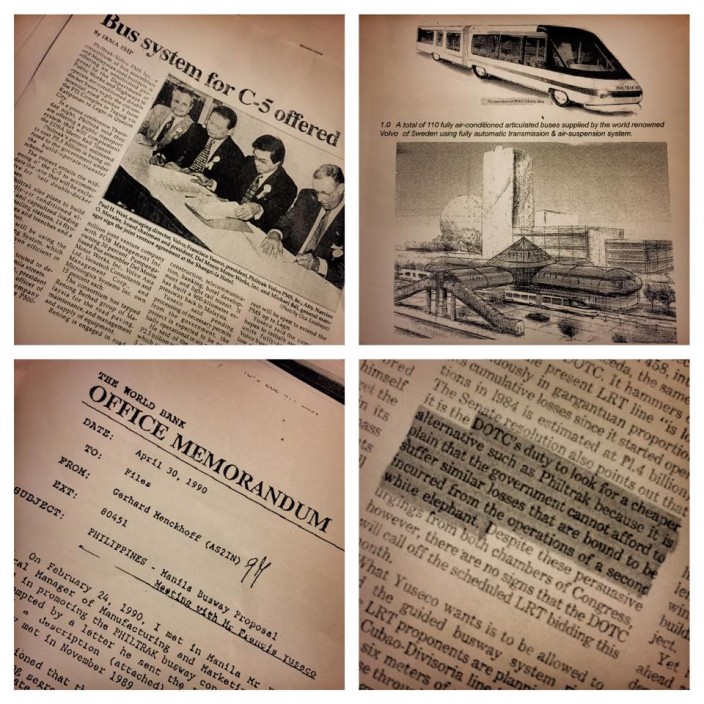Across the world, there is a bus rapid transit (BRT) system that proves to be an effective engineering solution to traffic. A total of 136 cities in 39 major countries now use the BRT, including the US, Canada, Australia, China, South Korea, Indonesia, France, Belgium, Germany, Sweden and the United Kingdom, among others.
Long-haul BRT systems have been used in several other areas. In Botswana and Cape Town, South Africa, this system covers 472 kilometers and 300 kilometers, respectively. In Jakarta, Indonesia, it spans to 108 kilometers and in Curitiba, Brazil with a distance of 81 kilometers.
This transportation system has greatly helped in the mobility of goods and persons in such countries. High-capacity BRT systems have flourished in Guangzhou, China, which transports 1,000,000 million passengers on a daily basis; Jakarta, Indonesia with 1,200,000; Tehran, Iran, 1,600,000; Bogota, Colombia, 1,800,000; and Curitiba, Brazil, 2,300,000.
Other than this, these countries have saved themselves from subsidies that could reach to billions of dollars.
However, this is something that the nation of the BRT’s inventor can be felt. The Philippines has suffered so much from its severe traffic situation because of a wide variety of reasons, including not implementing their own ingenuity.
Yes, that’s right. The BRT now being executed by many powerful countries in the world is made in the Philippines, and yet the country has not come to a realization that it works.
Called the Intel Track or Philippine Track Rapid Transit (PRT), the transportation innovation is invented by Filipino Francis Yuseco together with his engineer colleagues at the Department of Science and Technology (DOST). This invention was supported by the Departments of Transportation and Communications (DOTC) and Public Works and Highways (DPWH), and the Metropolitan Manila Development Authority (MMDA), which believed that the Intel Track has the same operating efficiency and capacity of railways.
An Intel Track has its own right of way that can be exercised on its exclusive track. The buses are completely controlled and programmable, with an average speed of 60 to 80 kph. Each bus travels on headways of 60 seconds but separated by a kilometer to avoid collision.
Intel Track’s buses are 18 meters long and 2.7 wide. It can be reconfigured to have the same seating and standing arrangement with that of the Light Rail Transit (LRT), having a capacity of 200 passengers per bus.
Like railways systems, the PRT has fixed headways, dwell times, average speed, top speed, loading and unloading stations. Doors are opened through the sides and floor levels are elevated the same with loading and unloading platforms.
The PRT technology is almost entirely Filipino. The entire system can be designed, manufactured and produced locally, except for the steel wheels and bogies which are to be imported. The rest – including coaches, hybrid diesel-electric engines and signalling systems – are able to be sourced and manufactured within the country.

Intel Track can be imagined to be like the railway system but minus the rails and only using buses. It simulates the operating characteristics of railways, with only a portion of railway’s costs and construction time. Unlike that of railway systems, it does not require subsidies on foreign debts which have hurt government budgets and pockets of the people.
The University of the Philippines National Center for Transportation Studies (UP NCTS) have studied the system and said that Intel Track could reach traffic decongestion as high as 96.8 percent per corridor if implemented in Metro Manila and other cities.
Since its conception in 1989, Intel Track has already been spent with more than P 120 million for its research and development through the DOST. In 1990, it was proposed to the Corazon Aquino administration but was rejected because it was ruled out to be “unproven, merely theoretical and with only a limited systems capacity.”

Little did the Philippine government know at the time, because search engines were not yet a thing, that a similar system was already successfully operating in Curitiba, Brazil.
American Bus Association President George Wynn had advised the owning company of Intel Tracks, which is PhilTrak, that the U.S. was going “to reinvent” its bus service which have similar features with the Intel Track. This happened 10 years later after Yuseco proposed the idea to the first Aquino administration. The PRT was then claimed and renamed by the US Federal Transit Administrator Gordon Linton as the Bus Rapid Transit (which is ungrammatical, by the way).
Yuseco and his team were unfazed and kept developing their model, but the government never noticed the innovation – maybe until now.
The proposal has resurfaced in television news and newspapers recently, trying to convince the public and the government that this indeed is a brilliant idea, albeit taken for granted. The Rodrigo Duterte administration seems to be open to the suggestion.
Yuseco thinks that transitioning our transportation system comes with the expense of “gradually phasing out dysfunctional and unscientific operations of conventional buses and convert them into our own mass transit.” A massive overhaul that is necessary to fix the traffic situation especially in Metro Manila. Using the model that Yuseco is suggesting, 4,000 traditional buses will be replaced with only 388 articulated buses. Just imagine how that drastically changes the highway conditions in the metro.

The Metro Rail Transit (MRT), one of the primary mass transportation systems in Manila, is outrageously expensive to upgrade and operate, Yuseco points out. Aside from the fact that it causes headaches to everyday commuters because of the regular problems within the facility, it is only capable of transporting less than a half million passengers per day at full capacity.
It might take long before the success of the BRT becomes indigenous. But for now, there is hope in finally implementing this transportation system in its home country. It is still doable. And the Philippines cannot afford more delays with the BRT because it is long overdue.
Want more articles similar to this story? Then click this link.
Follow our Linkedin page for the latest industrial news, technology reports and engineering trends. Know the latest career opportunities and job updates in the B2B sector.


















